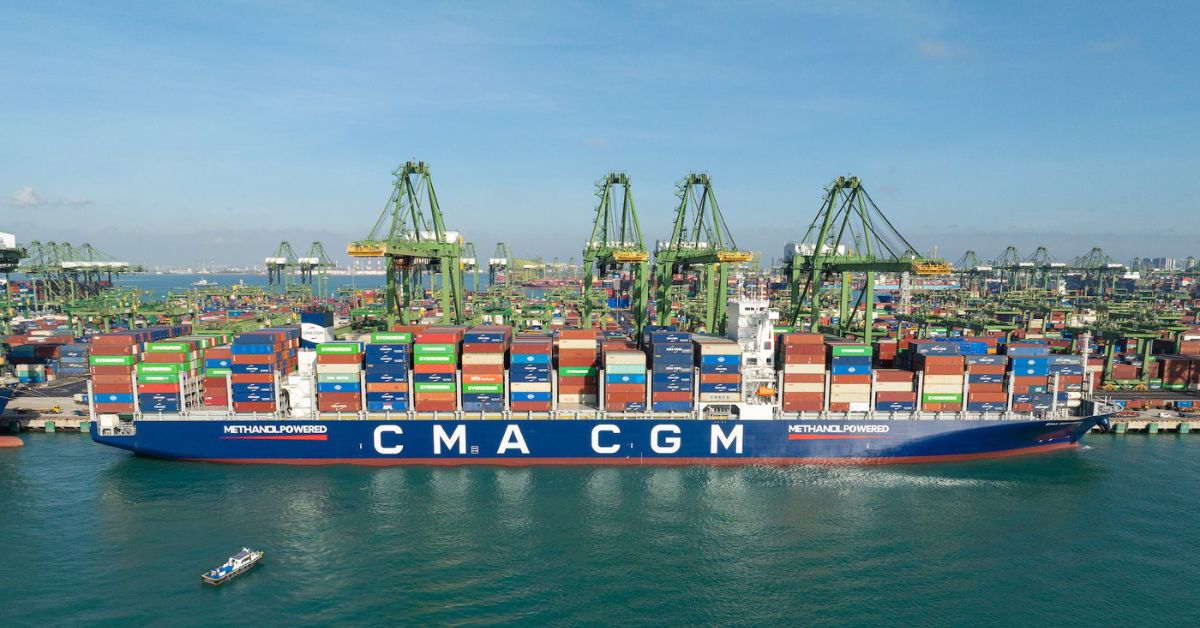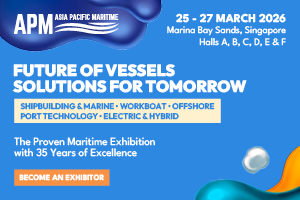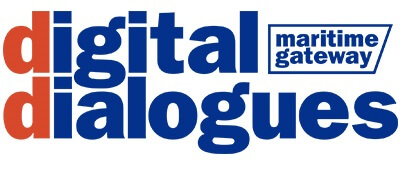CMA CGM is set to expand its European terminal network with a plan to acquire a 20% stake in Eurogate Container Terminal Hamburg (CTH), one of Northern Europe’s most important cargo gateways. The Marseille-based shipping and logistics major has signed a term sheet with Eurogate, with the deal expected to close in the first half of 2026, subject to regulatory clearance.
CTH currently handles around 4 million TEU annually and is recognised as one of Germany’s most productive container terminals. Its upcoming Western Expansion project will add 38 hectares of yard space and 1,050 metres of additional quay wall, raising capacity to roughly 6 million TEU and enabling operations for the next generation of ultra-large container vessels.
CMA CGM already calls at CTH through its flagship FAL service, which links Asia with Northern Europe using 23,000-TEU LNG-powered megamax vessels. The planned investment aligns with the group’s strategy to scale its global terminal portfolio—now spanning 64 terminals—and strengthen its position at major European gateways. According to CMA CGM, the move will enhance network resilience, boost intermodal integration, and support lower-carbon logistics solutions.
The investment is also expected to accelerate Eurogate’s long-term plans to upgrade and modernise Hamburg’s port infrastructure. CTH benefits from direct access to Eurokombi, Germany’s largest intermodal rail hub, providing rapid connections to key markets in Central and Eastern Europe.
For CMA CGM, the deal further deepens its long-standing ties with Germany, where it established its first offices in Hamburg and Bremen in 1991. Today, the country forms part of a five-nation regional cluster, with the group making 23 weekly calls across Hamburg, Bremerhaven and Wilhelmshaven.
The move comes as global ocean carriers increase their participation in Hamburg’s terminal landscape. In recent years, COSCO Shipping Ports secured a 24.99% stake in Container Terminal Tollerort, while MSC acquired a 49.9% interest in HHLA—marking a notable shift in ownership dynamics at one of Europe’s top ports.









